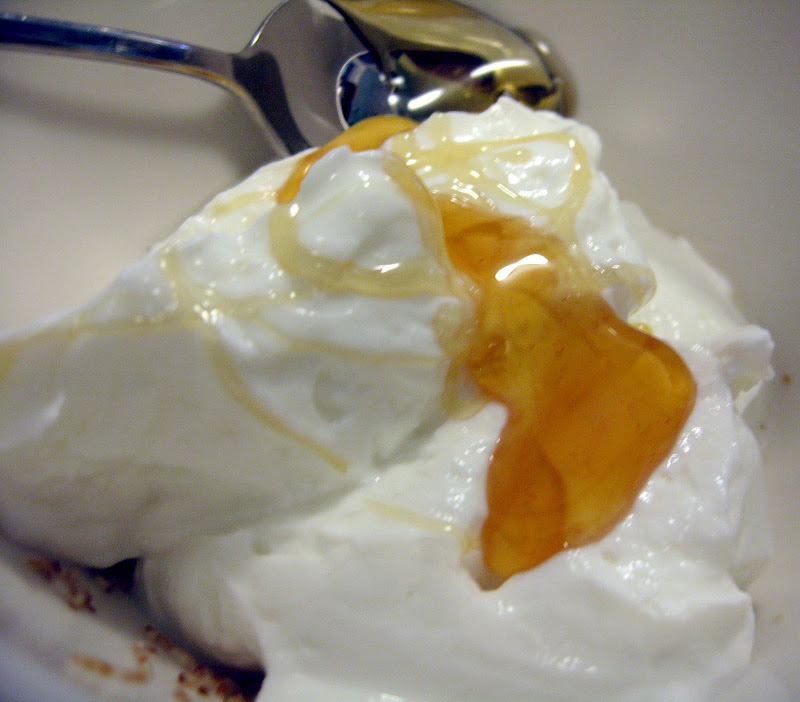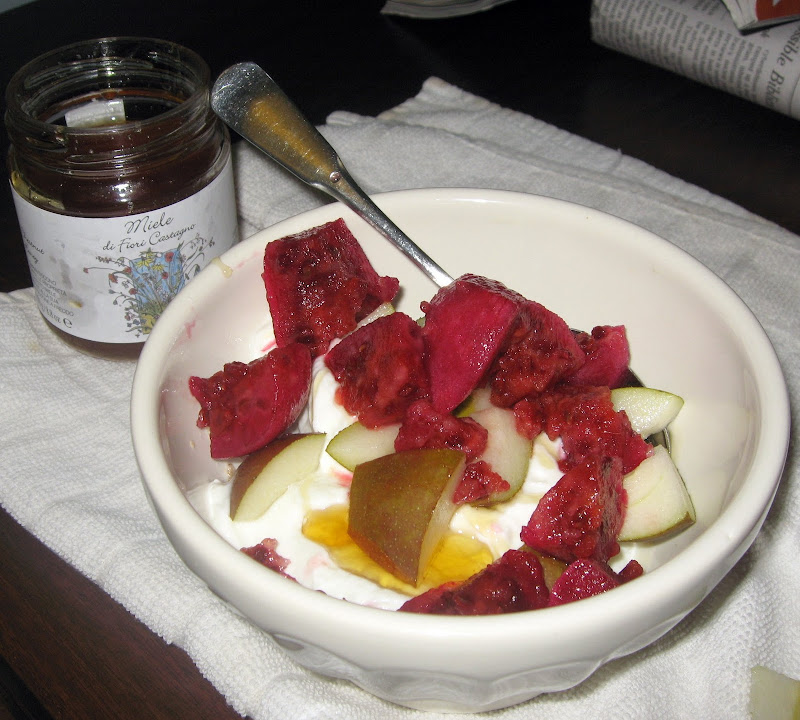
Honey is one of the world’s “first foods” and it is produced in the deserts of Yemen, the jungles of Bormeo (Indonesia), and the drab factories of Beijing. Honey, like wine, meat, coffee, etc., is a byproduct of terroir; namely, it tastes like the land and region it was grown in (one of my favorite examples of terroir <which has been overused and hyped in the US> is the wine Aglianico from the Italian region Basilicata). Aglianico has notes of the volcanic territory near Basilicata which gives it it’s unique flavor profile. Franca Franzoni’s Miele di Fiori Castagno or Chestnut Honey from Chianti is another fine example.

Recently, I had a chance to try a wild chestnut honey (or miele di fiori castagno) from the small town of San Polo in Chianti made by the expert beekeeper Franca Franzoni. And unlike generic, supermarket honey from large producers, chestnut honey has a rich and deep flavor profile. Franca’s honey had surprising bitter and nutty flavor components that complemented it’s sweet base; all part of Franzoni’s farm which is surrounded by fields of wild flowers, acacia and chestnut trees.


Chestnut honey works well with strong cheeses (as a pairing, for example with Gorgonzola), yogurt, camomile tea, etc.) and is akin to having a good bottle of Dijon mustard in your home kitchen (that is to say, it’s quite versatile and compliments a bottle of standard, yellow, mustard). In fact, I should probably add chestnut honey to my list of top, Italian, pantry items!


Yummmmm…..sounds delicious and makes me think of soft pecorino cheese with black truffle honey!
Chestnut Castagno Honey
[…] a, pesto, tomato sauce soup, risotto, chicken, lasagna, cookbook and easy food r […]